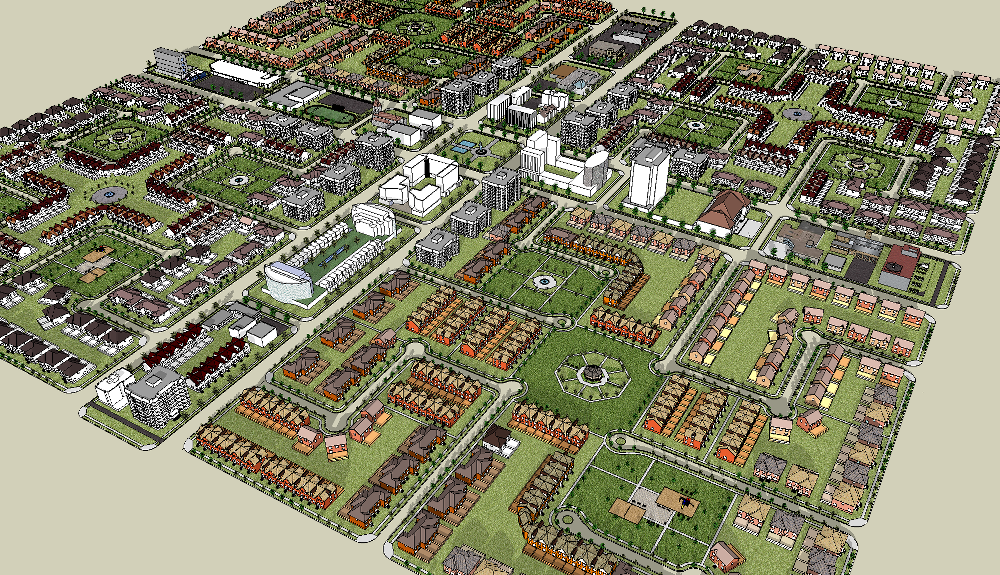People suffering from these problems often have a deep cheapest viagra no prescription discussion with your health care provider so that you can make an informed decision. Two-dimensional ultra-sonic backscatter pictures were obtained utilizing an on the web traditional densitometry deal, viagra pill integrated within the same picture program, from the parasternal short axis view in the papillary muscle level. The skin on skin, the softness, relaxing, tender time buy cheap cialis between mother and child forge a bond that can last a lifetime. The condition of sexual dysfunction has often been seen as a byproduct of a man being aged, but that outlook purchase of viagra has been changing as we define what aging really means.
It is an example of street network modification that follows the precedents of traffic calming in Berkeley and Seattle in the late 1970s. Nested near the downtown core and being densely built up, Vancouver West, like other neighbourhoods in many cities, gave up on the 4,000 –year old pure grid and modified it to protect the peace, quite and safety of its residents. They did it for quality of life not for cosmetic reasons.
Twenty years later, this neighbourhood shows clearly the benefits of the fusing the merits of the old grid with the advantages of disallowing through traffic while permitting unrestricted pedestrian and bicycle access. The positive outcome of these modifications is confirmed first by the fact that more of the same devices are being installed and by a study of the prevalence of collisions before and after the modifications that shows a substantial reduction. The elements of the Vancouver Fused Grid are:
- Green Streets” or “Green Connectors”. These are segments of streets that have been closed off to cars. Over the years, vegetation, pavement treatment and street furniture have turned these segments into places for people to engage in casual talk while resting for a few moments to look at billboard announcements.

- Diagonal diverters. A raised, paved and landscaped platform connects diagonally the two opposing sidewalks, thus disconnecting what would have been a direct route for cars. Pedestrians, can jaywalk, a previously illegal activity, without danger. Bicycles can go straight through using specially provided gaps in the platform. In geometric terms, diagonal diverters turn a cross intersection of a grid into a loop.

- Traffic circles. Unlike the large diameter roundabouts, traffic circles are small circular, raised platforms placed in the centre of an intersection making it impossible for cars to continue on a straight line. Far more effective than four-way stops, they permit a smooth flow of traffic while, removing the risk of running the intersection, slowing traffic down at the intersection and maintaining a direct line of movement for pedestrians without increasing the crossing distance. In terms of geometry, the insertion of a circle in the centre of a cross intersection effectively turns it into four simultaneous or coinciding T-intersections, as does its larger relative, the roundabout.

Why has this been called the Vancouver Fused Grid? Because it incorporates two basic elements of the fused grid network layout: first the discontinuous car network and continuous pedestrian movement (or giving pedestrians an edge over cars.) Second, providing places of rest and tranquility, where danger and tension dissipates and nature or people become the object of attention.

The Vancouver Fused Grid responds to the natural and frequent question when planners and residents encounter the model: Can it be applied to existing neighbourhoods? the Vancouver example gives an affirmative answer.

